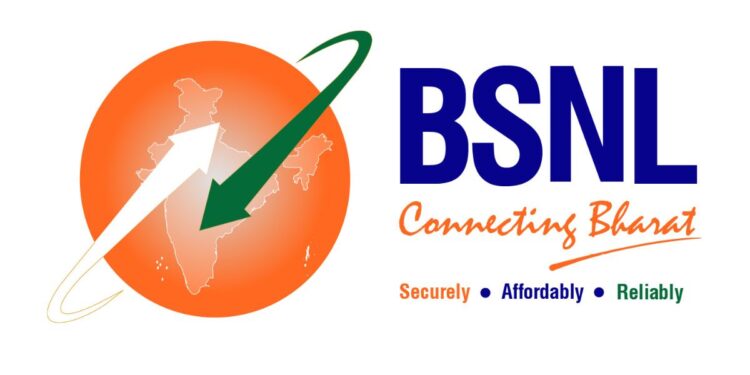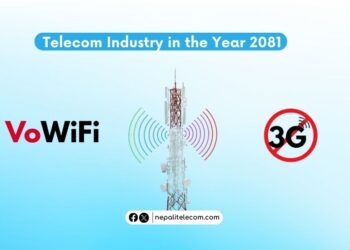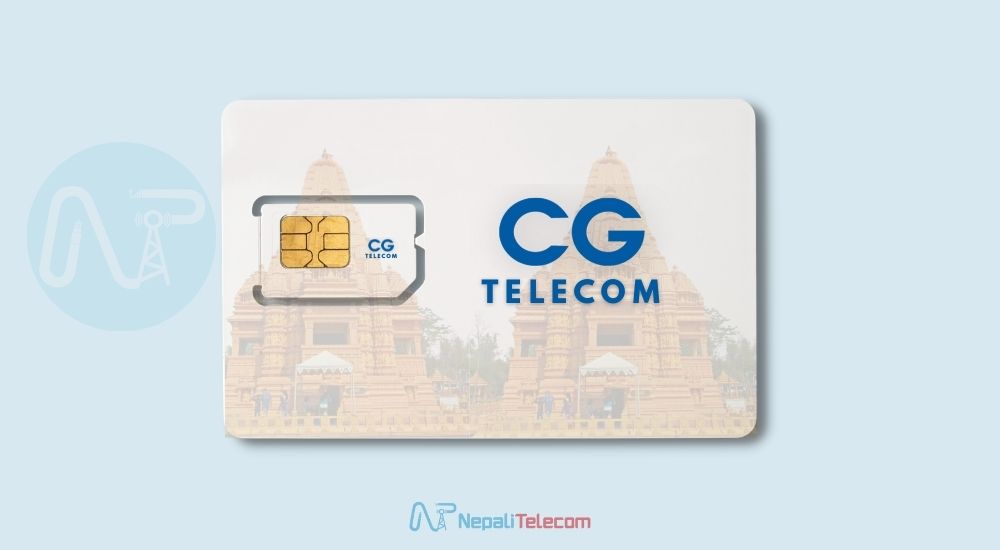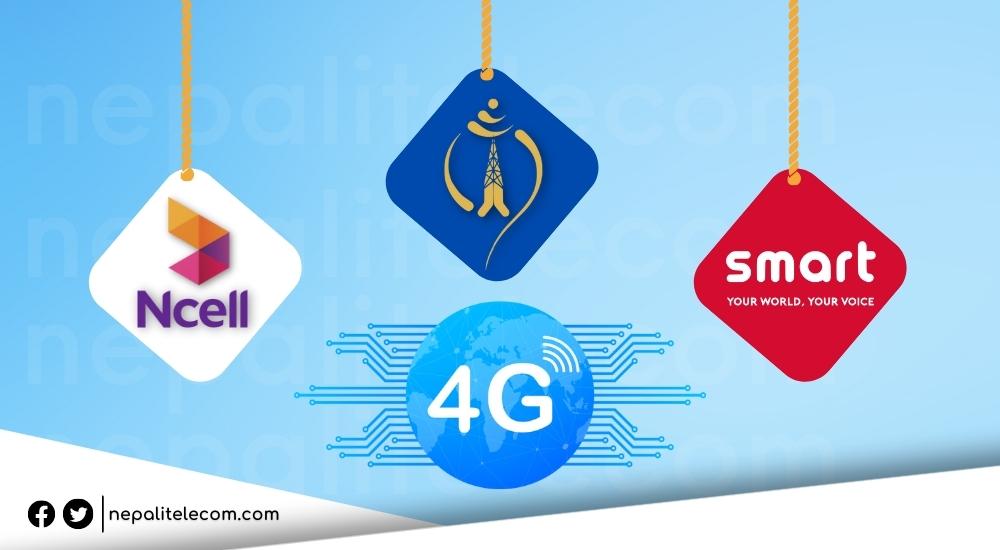Bharat Sanchar Nigam Limited (BSNL) has successfully launched Direct to Device (D2D) satellite connectivity in India having unveiled it at the India Mobile Congress (IMC) 2024 event back in October. The service launched with Viasat aims at enabling users to send emergency messages in areas where there is no cellular or WiFi network.
India’s telco regulator Department of Telecommunications (DoT India) announced the milestone achievement of BSNL’s D2D launch on X. In the post, DoT trumpeted, “India’s 1st Satellite-to-Device service!,” declaring, “Seamless connectivity now reaches India’s remotest corners.”
Remarkably, the telco which is a government-owned telco has become the first to launch satellite-to-device service in India. BSNL India’s Direct-to-Device service lets users send emergency SOS messages to rescue dispatchers as well as their contacts in hazardous situations potentially saving their lives. Besides, the DoT video on X hints that it will also give users the ability to make calls and perform Unified Payment Interface (UPI) payments. However, such a privileged service might launch slightly later.
More: How to use Emergency SOS service on iPhones?
India’s BSNL launches Direct-to-Device satellite connectivity with Viasat
According to DoT, BSNL’s D2D service operates on Viasat satellites which are geostationary L-band satellites. There are low earth orbit, Medium Earth Orbit (MEO), and Geosynchronous Orbit (GEO) aka geostationary satellites. Among all, geostationary satellites orbit farthest from the earth – over 36,000 kilometers in space. It uses a frequency range from 1 – 2 GHz. Such satellite technology requires few satellites to operate to cover a wider range.
BSNL’s D2D service exploits Viasat satellites which helps transmit signals between mobile devices. D2D complies with a new 3GPP release 17 standards. It’s a type of technology that smartphones, smartwatches, cars, and machinery can use for connectivity to carrier or satellite networks. So, it constitutes an array of application options open.
BSNL’s satellite service gives people a vital connectivity option for people living in the rural areas of India. It can be used by users to seek help when they are in danger or during natural disasters. Most notably, it proves to be extremely handy in situations where a traditional mobile network or WiFi is not available.
Check out: Direct-to-mobile service (D2M) Explained [2024]
However, DoT hasn’t explicitly mentioned how users can start using satellite services. It’s certain that initially, users will be able to only send messages while calls and UPI payment facilities will arrive later.













